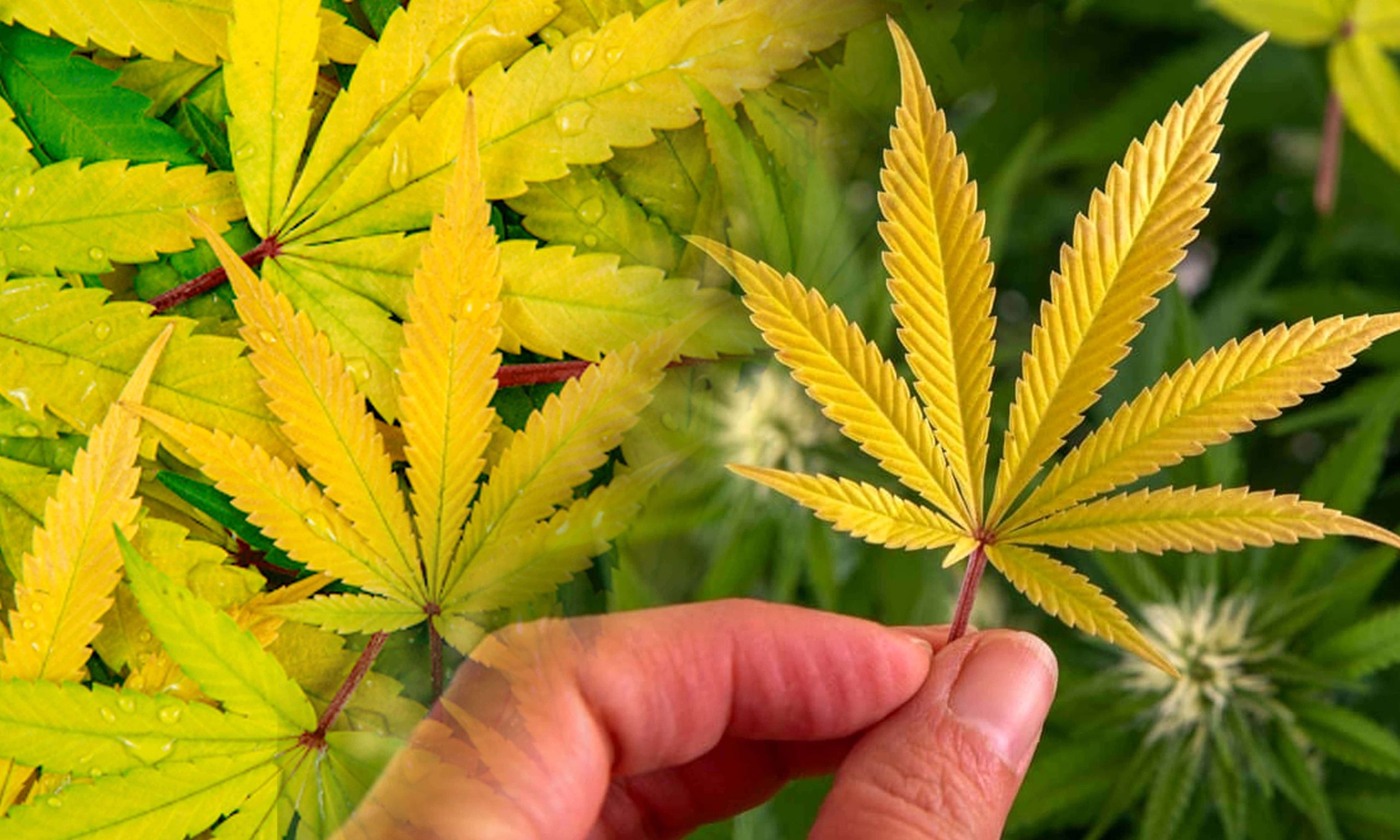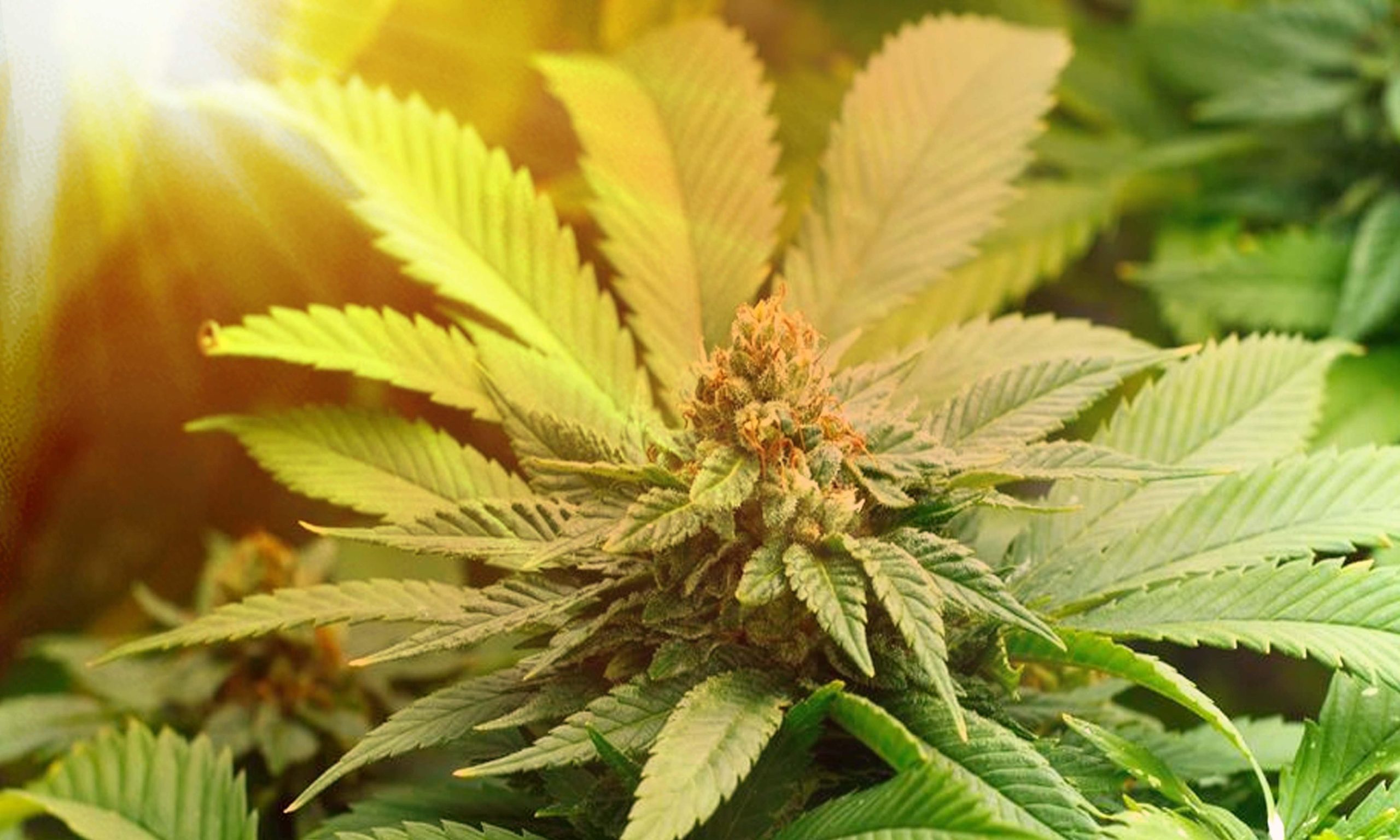Light bleached buds can be a concerning issue for cannabis growers, impacting the quality and potency of the harvest. Recognizing the signs and understanding the causes are crucial for effective treatment and prevention. Here’s a comprehensive guide to help you navigate light bleached buds in your cannabis garden.
What Are Light Bleached Buds?
Light-bleached buds, also called light burn weed, happen when cannabis plants get too much light, especially during flowering. This excessive light can make the buds lose color, potency, and quality. It occurs when the light is too strong or buds are too close to the light, harming the plant.
As a result, affected buds may appear faded, discolored, or even white or yellowish in hue. Cannabis growers need to monitor light intensity levels and ensure proper distance between the grow lights and the canopy to prevent light bleach weed and maintain the quality of their harvest.
Causes of Light-Bleached Buds
- Proximity to Light Source: Placing grow lights too close to the canopy can result in intense light exposure, causing bleaching.
- High-Wattage Lights: Using high-wattage lights without proper distance regulation can exacerbate the risk of light bleaching.
- Inadequate Ventilation: Poor ventilation can trap heat and light, creating hot spots that increase the likelihood of light bleaching.
- Light Spectrum: Certain light spectrums, such as excessive UV or infrared light, can contribute to light bleaching.
Symptoms of Light Bleached Buds
- Discoloration: Affected buds may appear faded or discolored, often taking on a whitish or yellowish hue.
- Reduced Potency: Light-bleached buds may exhibit decreased potency and altered cannabinoid profiles due to light stress.
- Brittle Texture: Buds affected by light bleaching may become brittle and lose their characteristic density.
- Stunted Growth: In severe cases, light bleaching can stunt the growth of buds, impacting overall yield.
Yellow Leaves
Yellow leaves on cannabis plants are a common indicator of various issues affecting plant health. This discoloration often signifies nutrient deficiencies, particularly nitrogen, or overwatering. When leaves turn yellow, it’s crucial to assess growing conditions and adjust accordingly.
Too much light, improper pH levels in the soil, or pests can also cause yellowing. Careful observation, adjusting watering schedules, and ensuring proper nutrient balance can help remedy yellow leaves. Additionally, maintaining optimal environmental conditions, such as adequate airflow and humidity levels, supports plant health and prevents further leaf discoloration. Identifying and addressing the underlying cause promptly is essential for plant recovery and overall vitality.
Too Much Light Stress Plants
Exposing plants to excessive light can lead to stress and adverse effects on their growth and health. When plants receive more light than they can efficiently utilize, it can disrupt their metabolic processes, leading to leaf bleaching, wilting, and even stunted growth. This condition, known as light stress, damages chlorophyll and impairs photosynthesis, hindering the plant’s ability to produce energy and nutrients.
Preventing Too Much Light for Weed Plants
Preventing excessive light exposure for plants is crucial for their health and growth. Here are some effective methods to avoid overexposure to light:
- Adjust Light Distance
Maintain an appropriate distance between the grow lights and the plant canopy. Follow manufacturer recommendations for optimal distance based on the type and intensity of the light. - Use Light Meters
Regularly monitor light intensity levels using light meters. This allows you to ensure that the light levels remain within the recommended range for the specific plant species and growth stage. - Select Suitable Light Sources
Choose to grow lights with adjustable settings or dimmable features. This allows you to regulate light intensity according to the needs of the plants and prevent overexposure. - Control Light Duration
Implement a timer system to regulate the duration of light exposure. Ensure plants receive the appropriate amount of light during the vegetative and flowering stages, and provide periods of darkness for rest. - Optimize Light Spectrum
Use grow lights with a balanced spectrum suitable for various plant growth stages. Avoid lights with too much ultraviolet (UV) or infrared (IR) radiation, as they can harm plants. - Provide Shade
Install shading materials or screens to diffuse or block excessive sunlight, especially during the hottest parts of the day. This helps prevent plants from being scorched or experiencing light stress. - Maintain Proper Ventilation
Make sure there’s enough air moving around your growing space to cool it down and stop hot spots. Good airflow also keeps the temperature and humidity steady, making it better for plants to grow. - Regular Monitoring
Keep a close eye on plants for signs of light stress, such as leaf discoloration or curling. Adjust light levels or positioning as needed to prevent further damage.
By implementing these strategies, growers can effectively prevent plants from experiencing too much light exposure, promoting healthy growth and maximizing yields.
18-Hour vs 24-Hour Light Cycles for Cannabis Growth
18-Hour Light Cycle
An 18-hour light cycle typically consists of 18 hours of light followed by 6 hours of darkness. This cycle mimics the long days of summer, encouraging vigorous vegetative growth in cannabis plants. During this phase, plants focus on developing strong stems, lush foliage, and healthy root systems.
Advantages of an 18-hour light cycle:
- Stimulates rapid growth: The extended light period promotes faster vegetative growth, allowing plants to reach maturity sooner.
- Energy efficiency: By providing a shorter dark period, growers can optimize energy consumption and reduce electricity costs.
- Ideal for indoor cultivation: An 18-hour light cycle is well-suited for indoor setups where growers have control over light intensity and duration.
24-Hour Light Cycle
In a 24-hour light cycle, cannabis plants receive continuous light without any dark periods. While this approach may seem unconventional, some growers advocate for 24-hour lighting during the vegetative stage to maximize growth potential.
Advantages of a 24-hour light cycle:
- Accelerated growth: Continuous light can lead to faster growth rates, allowing plants to develop more rapidly compared to an 18-hour cycle.
- Increased yield potential: Some growers believe that providing round-the-clock light encourages larger plant size and higher yields.
- Enhanced nutrient uptake: Continuous light may improve nutrient uptake and photosynthesis, leading to healthier and more robust plants.
Choosing the Right Light Cycle
Deciding whether to use an 18-hour or 24-hour light cycle depends on your cannabis plants’ needs, your growing conditions, and your preferences. Monitor your plants and adjust lighting accordingly. Both light cycles have benefits, but giving plants a mix of light and dark times is vital for their health.
Conclusion
If your cannabis buds turn white from too much light, it can hurt both their quality and the amount you harvest. But if you learn why it happens, what signs to look for, and how to stop it, you can handle this problem in your garden and still get plenty of great buds. Just make sure your plants get the right amount and type of light to stay healthy and avoid bleaching.
Frequently Asked Questions
1. What is a light burn on weed plants?
Light burn on weed plants refers to a condition where the foliage or buds become damaged due to excessive exposure to light, particularly intense light sources like grow lights or direct sunlight. This damage manifests as yellowing, bleaching, or browning of the affected plant parts.
2. How does light bleaching occur in weed plants?
Light bleaching happens when cannabis plants get too much strong or long-lasting light, usually from grow lights or direct sunlight. This extra light messes up the plant’s natural coloring process, making it lose chlorophyll and other pigments that give it color.
3. Why is my bud turning white?
Your bud may be turning white due to light bleaching, a condition caused by excessive exposure to intense light. This disrupts the plant’s pigmentation process, leading to a loss of color. Adjust lighting distance and intensity to prevent further damage and ensure optimal growth.
4. Can weed plants recover from light burn?
With prompt intervention and appropriate care, weed plants can recover from light burn. However, the extent of recovery depends on the severity of the damage and the overall health of the plants. Providing optimal growing conditions and minimizing stressors can help facilitate recovery and promote healthy growth.
5. Does light burn affect yield?
Yes, light burn can affect yield. Too much light harms plants, causing poor growth and fewer flowers. Controlling light properly avoids this, keeping plants healthy and boosting yield.






